Introduction: What is Chemotherapy?
Chemotherapy is a medical treatment involving the use of powerful medications designed to destroy rapidly dividing cancer cells in the body. While surgery and radiotherapy target localized tumors, chemotherapy circulates throughout the bloodstream, effectively treating cancer cells that may have spread beyond their original location.
How Chemotherapy Works
Chemotherapy drugs, commonly known as cytotoxic agents, target cells during different phases of their growth cycle. Since cancer cells divide faster than most normal cells, chemotherapy selectively damages cancerous tissue. However, certain healthy cells—such as those in hair follicles, bone marrow, and digestive tract lining—also divide rapidly and can be affected, leading to common side effects like hair loss, fatigue, and nausea.
Indications: When is Chemotherapy Used?
Chemotherapy is utilized in various clinical scenarios:
1. Primary Treatment
Chemotherapy may serve as the primary treatment for certain cancers, such as leukemia and lymphoma, which are sensitive to chemotherapy and widespread within the body at diagnosis.
2. Adjuvant Chemotherapy
After surgical removal of tumors, chemotherapy is often prescribed as an adjuvant therapy to eliminate any residual microscopic cancer cells, significantly reducing the risk of recurrence. It is common in breast cancer, colorectal cancer, and ovarian cancer treatments.
3. Neoadjuvant Chemotherapy
Administered before surgery, neoadjuvant chemotherapy shrinks tumors, making them easier to remove surgically. This approach is especially useful in treating cancers like breast cancer, lung cancer, and certain gastrointestinal malignancies.
4. Palliative Chemotherapy
In advanced cancer cases, chemotherapy helps manage symptoms and improve quality of life, even if the cancer cannot be cured entirely. This palliative approach slows disease progression and provides symptomatic relief.
Advantages of Chemotherapy
Broad Effectiveness
Chemotherapy is highly versatile and effective against a wide range of cancers, both solid tumors and hematological malignancies. Its systemic nature allows treatment of metastatic disease—cancer that has spread to other body parts.
Enhanced Outcomes in Combined Treatments
When combined with surgery, radiation, targeted therapies, or immunotherapies, chemotherapy significantly improves patient survival and reduces cancer recurrence risk.
Improved Survival Rates
Chemotherapy has dramatically improved survival rates and overall outcomes for patients with cancers previously considered untreatable. Diseases like childhood leukemia, Hodgkin lymphoma, and testicular cancer have become highly curable, thanks to chemotherapy advancements.
Continuous Advancements
The continuous evolution of chemotherapy regimens, including personalized and targeted therapies, has significantly reduced side effects and improved tolerability. Modern chemotherapy is increasingly tailored to individual genetic profiles, maximizing therapeutic effectiveness while minimizing harm.
Important Considerations and Side Effects
Despite its advantages, chemotherapy has side effects that vary depending on the specific drugs, dosage, and individual patient characteristics. Common side effects include:
- Nausea and vomiting
- Hair loss (alopecia)
- Fatigue
- Increased risk of infection due to decreased immunity
- Anemia and bleeding complications
- Loss of appetite
- Neuropathy (nerve damage causing tingling or numbness)
Managing these side effects effectively through supportive therapies, medications, and lifestyle adjustments significantly enhances patient comfort during treatment.
Preparing for Chemotherapy
Before starting chemotherapy, patients undergo thorough medical evaluations, including blood tests and imaging, to ensure their bodies can safely tolerate the treatment. Healthcare providers also educate patients and families about expected outcomes, potential side effects, and ways to manage treatment-related challenges effectively.
After Chemotherapy: What to Expect?
Following chemotherapy, regular monitoring is crucial to assess treatment effectiveness and manage any delayed side effects. Regular follow-up visits, imaging, and laboratory tests help detect any potential recurrence early and facilitate prompt action.
Conclusion
Chemotherapy remains a cornerstone in cancer treatment, providing hope, extending survival, and improving quality of life for countless patients worldwide. Ongoing advancements continue to refine chemotherapy’s efficacy, tolerability, and personalization, ensuring more successful outcomes and reduced side effects.


